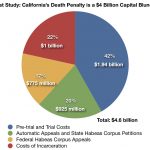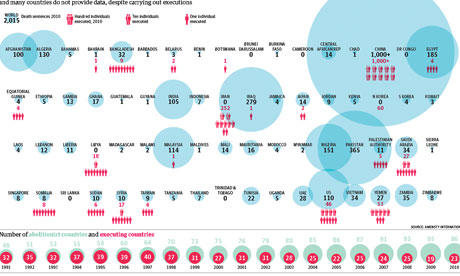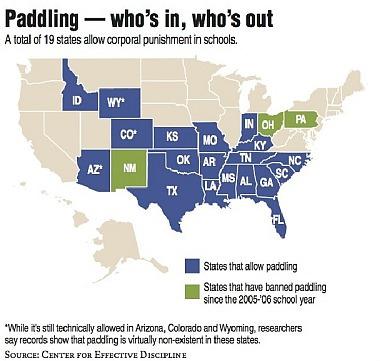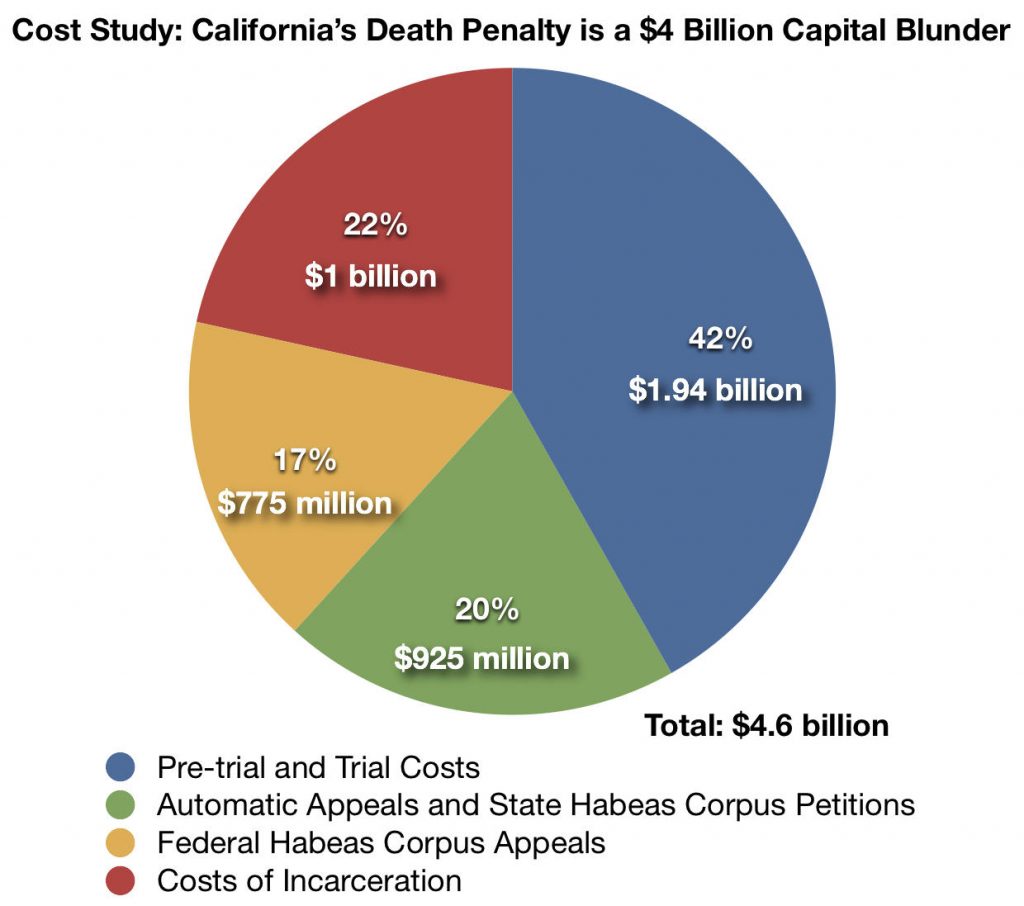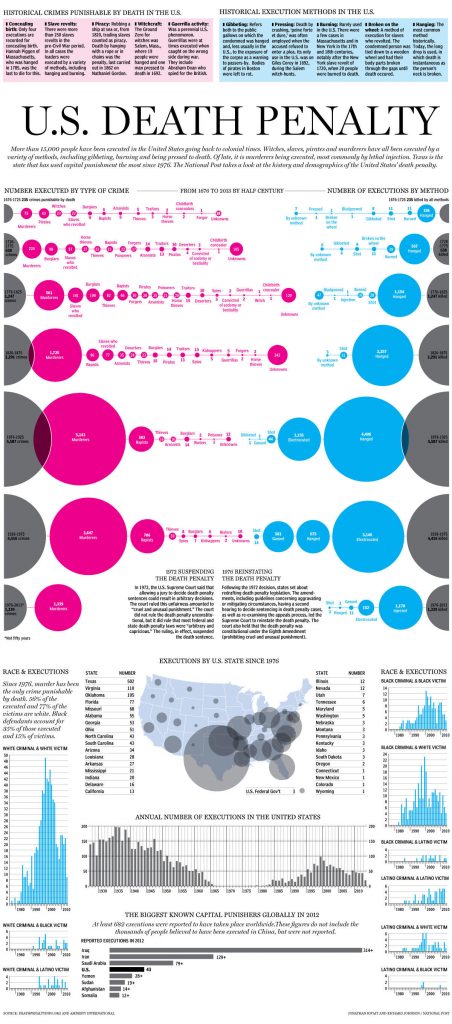Most of those punished in colonial America were poor men. Offenders were typically laborers, slaves, servants, and poor freeholders, not ministers of
religion or wealthy merchants. In eighteenth-century New York, men were accused in 94.4 percent of violent crimes and 73.9 percent of thefts. Similarly,
in Massachusetts, women committed only 19.7 percent of serious crimes between 1673 and 1774. African American slaves consistently faced especially
harsh punishment. In the South, masters and overseers brutally punished many minor offenses summarily on the plantation, frequently with the whip.
Slaves also faced more frequent execution than whites; as a result, capital punishment was more common in the South than in the North. From 1706 to
1784, the courts of Virginia sentenced 555 slaves to death. Harsh punishment of slaves was not limited to the South, however; it also occurred in the
North. For example, prosecutions for an alleged slave conspiracy in New York in 1741 led to the execution of over thirty slaves.
Women, while constituting a relatively low percentage of all offenders, were disproportionately punished for certain crimes. Most charges of infanticide, for
example, were levied against women. Women were also more frequently charged with witchcraft than were men. Witchcraft was a crime in England, and
the 1648 Laws and Liberties of Massachusetts made witchcraft a capital offense in the colony. Witchcraft trials were most common in the North, the most
notorious being the 1692 witch trials in Salem, Massachusetts, when twenty people most of whom were women were executed.
By the eighteenth century, there was a shift away from directing punishment at sin. Colonial society was changing as immigrants continued to enter the
colony and cities and towns grew in size. The old elites faced greater difficulties in controlling the population through traditional shaming punishments.
The colonies increasingly placed more emphasis on property offenses and less on moral ones. In addition, in the years preceding the Revolution, English
officials utilized the criminal law to limit political dissent; for example, officials used the law of treason to punish those who challenged English authority.
Changing ideas about the value and purposes of punishment stirred in the late eighteenth century, though the most significant alterations in punishment
did not occur until after the American War for Independence. The Italian Marquis de Beccaria, in his 1766 Essay on Crimes and Punishment, reflected
and encouraged a growing compassion for those convicted of wrongdoing. He also maintained that the certainty, not the severity, of punishment was the
key to deterrence. Criticism from commentators such as the Englishman John Howard slowly emerged about the deplorable state of jails. Such ideas
about punishment ultimately led to the construction of the large nineteenth-century American penitentiaries, where it was hoped that inmates would be
reformed by serving long prison sentences.
R. Blake Brown
See also: Crime; Debt and Debtor’s Prison; Law and Courts.
Bibliography
Beattie, J. M. Crime and the Courts in England, 16601800. Princeton, NJ: Princeton University Press, 1986.
Chapin, Bradley. Criminal Justice in Colonial America, 16061660. Athens: University of Georgia Press, 1983.
Friedman, Lawrence M. Crime and Punishment in American History. New York: Basic Books, 1993.
Greenburg, Douglas. Crime and Law Enforcement in the Colony of New York, 16911796. Ithaca, NY: Cornell University Press, 1974.
Hull, N. E. Female Felons: Women and Serious Crime in Colonial Massachusetts. Urbana: University of Illinois Press, 1987.
Johnson, Herbert A. and Nancy Travis Wolfe. History of Criminal Justice. 2nd ed. Cincinnati, OH: Anderson Publishing, 1996.



